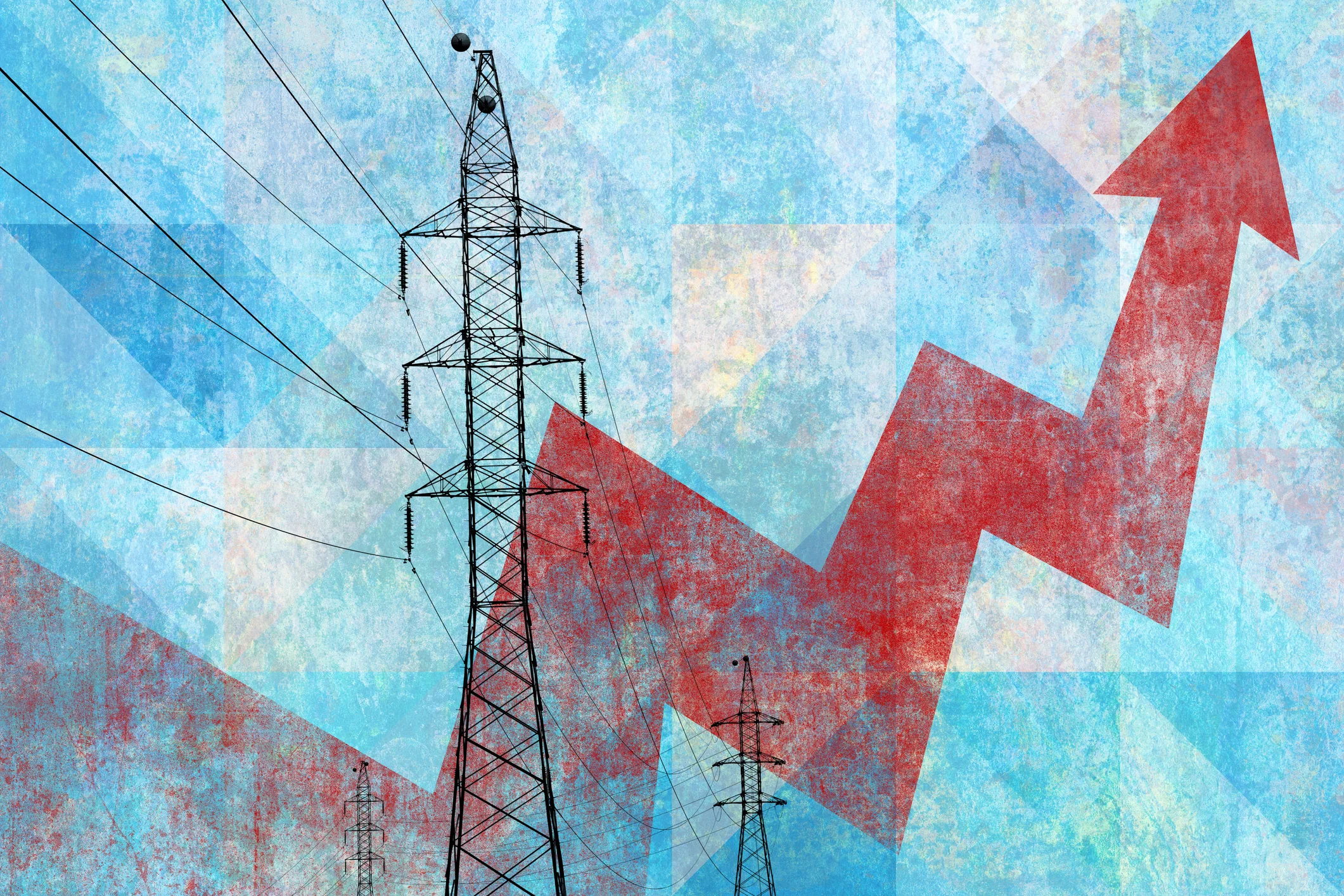Electronic waste, otherwise known as e-waste, represents any number of discarded or obsolete electronic technologies, leading to increased environmental contamination. In 2022, more than 62 million tons of e-waste were produced globally, which promises to grow with the proliferation of limited-use electronic devices. To complicate matters, research indicates that e-waste led to a 53% increase in greenhouse gas emissions between 2014-20. With International E-Waste Day coming up soon, we look at the relationship between e-waste and the distributed energy resources (DERs) needed to support the demand flexibility initiatives necessary to meet demand during the energy transition.
The Value of Distributed Energy Resources
Distributed energy resources (DERs) like solar, battery energy storage systems, electric vehicles and EVSE chargers, and smart home devices like thermostats and water heaters are invaluable in realizing demand flexibility initiatives like demand response, EV charging, or virtual power plant functionality. Through the use of a Grid-Edge distributed energy resource management system (DERMS), utilities can aggregate these otherwise disparate behind-the-meter assets for the widespread conservation strategies and load-shifting opportunities essential during the energy transition. Statistically, DER technologies remain a relatively small component of the overall amount of e-waste generated. Still, renewable energy technologies have come under fire for their contributions to e-waste.
Forced Obsolescence
The concept of forced or planned obsolescence dates back to the early 20th century, particularly championed by mass manufacturers like General Motors. Manufacturers needed ongoing sales to meet profit margins and to accomplish this, products were made with a limited lifespan in mind. Prior to this, products were designed to last far longer, leading to decreasing sales. In the case of distributed energy resources, some obsolescence is necessary as solar panels degrade in efficiency when newer and more efficient EV charger types or battery energy storage systems become available.
E-Waste & Distributed Energy Resources
As you can see, e-waste and distributed energy resources have a reciprocal relationship, as e-waste causes increases in greenhouse gas emissions that DER assets help mitigate through concerted demand flexibility efforts. Ideally, these DER technologies will cause minimal environmental challenges, but realistically, renewable energy technologies like distributed energy resources are fundamental in laying the groundwork for a greener tomorrow. Furthermore, the pace of technological advancement has become so rapid that some researchers believe that it has even outpaced Moore’s Law.
Ultimately, that means that DER technologies build a foundation for decarbonization and energy equity, and the challenges they may represent today will likely also evolve. Let’s look at a few prevailing myths about distributed energy resources.
Myth 1: EV Batteries Are Bad For The Environment
There are many myths related to electric vehicles. Some believe that electric vehicles are worse than combustion engines because they often pull from coal-powered plants. While it is true that in many cases EVs are powered by fossil fuels, electric vehicles have a cumulatively lower amount of emissions by virtually every metric, which says nothing of the fact that fossil-fuel plants can and will ultimately decrease in commonality. Likewise, opponents of EV batteries believe that electric vehicle batteries are toxic to the environment and that mining for the necessary elements is just as destructive.
The reality is that while lithium batteries are the most common form of EV battery, they are not the only path. For example, researchers are currently at work on a method that could utilize mining waste in EV battery manufacturing, just one of many recent startups. Furthermore, EV battery manufacturing and recycling have become a fiscal opportunity for many startups currently at work on ensuring the long-term efficacy and comparative environmental friendliness of EV batteries for generations to come.
Myth 2: Solar Panel Toxicity
One common myth regarding photovoltaic solar panels is that they are toxic to the environment. Proponents of this concept believe that toxins like arsenic, gallium, and hexavalent chromium may be present in PV modules, which could prove damaging to surrounding areas. Compounding this problem is the parallel misconception that solar panel waste will dramatically increase, which for detractors presents another red flag: if there are more photovoltaic solar panels disposed of as e-waste, then there will, in turn, be a corresponding growth in environmental toxicity.
The reality of the matter is far different. For starters, researchers point to the comparatively slow deployment of solar installations, limiting the aggregate e-waste that they could create. Likewise, as photovoltaic solar has evolved, so have building materials. Today, the majority of PV modules are developed using cadmium telluride or crystalline silicon, elements that are far less hazardous to the environment.
Mythbusting Distributed Energy Resources (DERs) Conclusion
Climate change represents an existential threat to humanity. As such, the energy transition to decarbonize and electrify is critical in mitigating the impact of climate change, and distributed energy resources (DERs) are crucial in that development. Make no mistake: there are environmental concerns as they relate to any technologies, including solar and EVs, and as we look to future International E-Waste Days, identifying these challenges remains crucial in minimizing our global carbon footprint.






